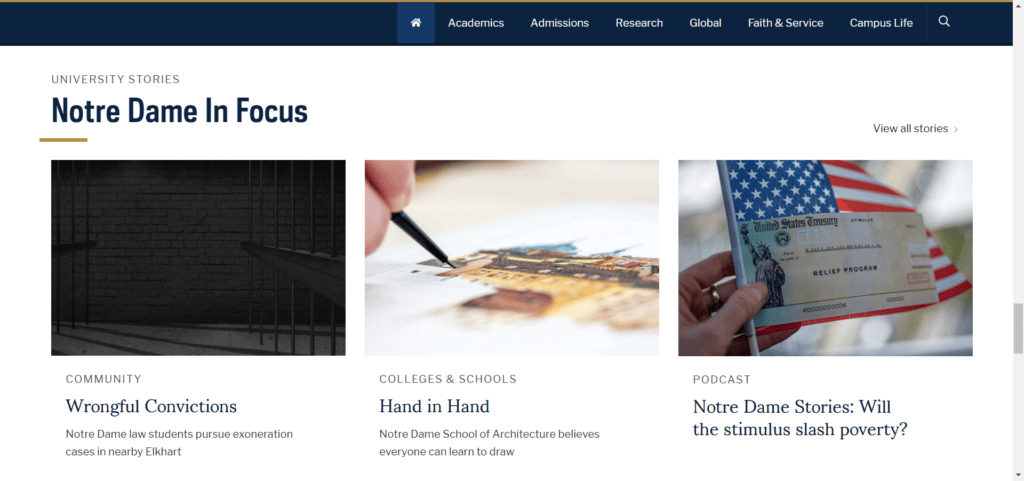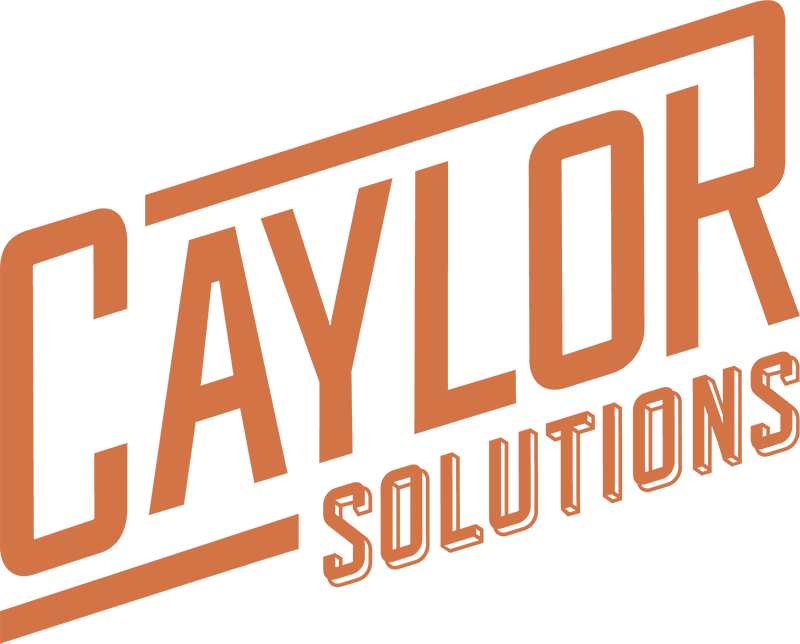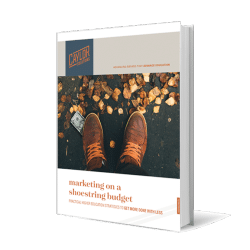Storytelling is a powerful marketing technique. But how do you take something that’s so creative and make it a consistently profitable tool? Find out here in our conversation with Jim Small.
Sometimes it’s overrated. More often it’s simply misunderstood.
But no matter what you’ve heard about storytelling for marketing, it does work.
People are hardwired to respond to good stories.
They influence how we feel, what we think, and the decisions we make.
That’s why it’s important for education marketers to learn how to tell good stories that drive brand awareness and loyalty consistently.
One private university that excels at telling powerful marketing stories is the University of Notre Dame.
My co-host, Troy Singer, and I had the opportunity to chat with a man who’s been instrumental in the shaping of ND’s storytelling strategy, Jim Small.
Currently, Jim serves as Notre Dame’s Associate Vice President for Development while also heading up their Storytelling and Engagement Team.
In our podcast conversation, Jim shared his 5-step process for creating stories that move the needle for both advancement and enrollment marketing.
Step 1: Who is your audience?
Before you even think about the stories you could tell, and even before you consider what you need to do with your stories, Jim encourages us to think about our audience first.
The first step is always audience. We want to know who we’re going to be engaging. And I want to know everything I can about them. The first question we ask is “Who’s the audience?” Then learn everything you can about them.
Personally, I love this audience-first approach.
When you know to whom you’re writing, or for whom you’re creating your video content, the pieces tend to fall into place along the way.

Source: nd.edu
So whenever you’re coming to a creative decision – whether it’s copy, design, or layout – you can always ask if this decision will resonate with your audience or not.
Step 2: What is the “walk away”?
Once you know who your audience is, then it’s time to plan out what you want them to walk away thinking, feeling, and doing.
Basically, this is talking about the user behavior you want them to adopt after having read, seen, or heard your story.
The second step – and it’s probably the most important step – is what we call “walkaways.” This is what we want people to think, feel, and do. Think. Feel. Do. That’s what a marketer or a storyteller does.
Their job is to make you think something or feel something, to drive you to do something. Upfront, we establish what it is we want someone to think or feel. We have to learn what people will need to think and what they need to feel. So we write that down, and that helps us drive everything else.
Of course, in copywriting, you’re always going to have some clear call to action while in storytelling, you may not have a bold CTA.
Even so, you still need to have a clear idea of the “walkaway.”
What do you want your audience to walk away thinking, feeling, and doing because they’ve experienced the story you produced?
Step 3: What are your channels?
A good story has similar elements no matter where they are published.
But storytelling does look different across different channels.
This is why you need to map out the various marketing channels you’ll be using to convey your stories even before you begin to produce them.
I want to know before we get started, what are the ways we’re going to deliver that story? Is it an email? Is it an event? We even did a play once where we used the play to tell a story. Is it a video? Is it a film? Just list all those channels that you’re going to use to reach that audience.
View this post on Instagram
Step 4: What does “great” look like?
For Jim, “great” is whatever the marketing goal is.
So in these terms, defining “great” is defining your marketing objectives for the stories you’re telling.
The fourth part is what we call “What great looks like.” I want to know up front again, what success [looks like]. How do we define success? Do we need to raise $100, or do we need to raise a billion dollars?
What is [success]? We write that down.
This step is easy to forget about.
It’s easy to assume that everyone knows what success means for your event, email, or social media campaign.
But that’s simply not the case.
When you assign your writer or designer to the project, you need them to know exactly what the end game is.
Even if the creative only works on a piece in the middle of the project, if they know what you’re ultimately after, they can better craft copy, design, or whatever else towards that goal.
Step 5: Tell your stories.
Now we’re at the last step, which is more tactical.
In this step, you have to search across your organization for the stories that will best fit your audience, the channels you’re using, and the goals.
Which stories in your institution can you tell that will make your audience think, feel, and do what you need them to do to hit your marketing goals?
Then the last step is when we start thinking about the stories we need to tell. The beauty of this process is that I know the audiences. I know what my job is as a storyteller, I need someone to think this or feel that to get them to do that. I know we’re going to put it in these channels.
Discover more when you listen to the podcast!
Like all of our blog post reviews of The Higher Ed Marketer podcasts, there’s so much more to learn in the podcasts themselves.
Listen to our interview with Jim Small to get even more insights into:
- His secret story of convincing Notre Dame to commit to story
- The five steps to building a story
- Why he suggests talking with a student every week
Looking for Enrollment Marketing Content that Works?
You’re in luck! We’ve curated 25 awesome ideas inspired by top higher ed institutions across the country and put them in one handy guide: 25 Ideas for Great Admissions Content.

-
- 25 enrollment marketing content ideas you might never have considered before
- Guidance on how to use each one for best results
- Brief discussion on why they work to help you sell these ideas to your team
Get inspired.
Get enrollment results.
Get 25 Ideas for Great Admissions Content.
Download your copy today!
Featured image via nd.edu












